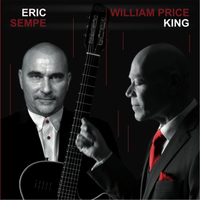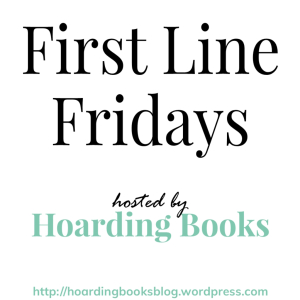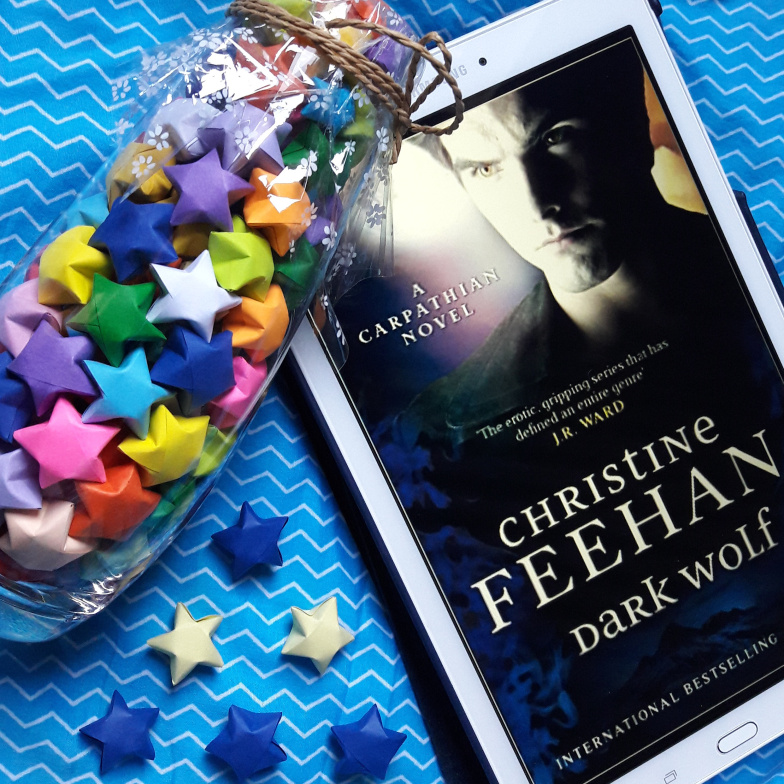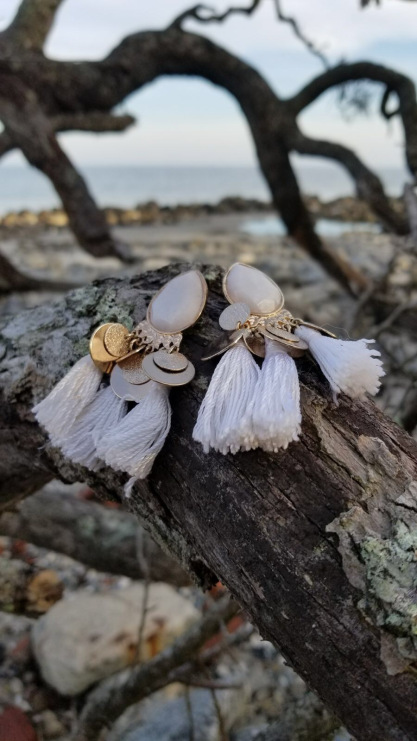
As usual William Price King has contributed some amazing posts this year across many styles of music. The recent series of ABBA for example was very popular.. The top post of the previous series, was the first post in the story of Barbra Streisand which I share again here.

I doubt that anyone reading this has not heard the music of Barbra Streisand or watched her movies. William takes us behind the scenes and also shares her most popular music across the decades. One of the most iconic songs of her early career was from the film Funny Girl and has become an anthem for anyone who has worked hard to achieve their dreams.
“Don’t Rain On My Parade,” written by Bob Merrill and Jule Styne, is from the 1964 musical “Funny Girl” and was featured in the 1968 movie version of the musical. Both the movie and stage versions feature Streisand performing the song. In 2004 it finished #46 in AFI’s 100 Years … 100 Songs survey of the top tunes in American cinema.
When we look at the sophisticated and accomplished artist who performs so effortlessly, it is easy to forget that for many the road to stardom was challenging. This was the case with Barbra Streisand who was born into a loving family in Brooklyn in 1942.
Her grandparents on her mother’s side had emigrated from Russia and on her father’s side from Galica which was then Poland-Ukraine. Barbra’s mother Ida had been a soprano before becoming a school secretary and her father taught high school English. Tragically shortly after Barbra’s first birthday her father died at only age 34 from complications from an epileptic seizure. This obviously had a devastating effect on the small family and a financial impact. Ida worked as a bookkeeper to try and make ends meet but it meant that time with Barbra was limited. Eventually the two of them moved in with her grandparents and Ida returned to singing as a semi-professional to help pay the bills. When Barbra was seven years old, her mother remarried Louis Kind and in 1951 her sister Rosalind was born.
As a teenager Barbra became entranced with the movies and the elegant stars that filled the screen. Acting for a living became her dream and one of the ways that she discovered she could gain attention was by singing. She became known in the neighbourhood for her voice and would often practice in the hallway of their apartment building which gave her voice an echoing quality.
By 1955 Barbra was an honor student in modern history, English and Spanish and she also joined the Freshman Chorus and Choral Club. One of her classmates was Neil Diamond who was also a member of choir. At age 14, Barbra saw her first Broadway play “The Diary of Anne Frank” starring Susan Strasberg who became her new role model. She began spending time in the library studying the biographies of various stage actresses such as Sarah Bernhardt and the classic playwrights such as Shakespeare and Chekhov.
Her first walk-on part was in the summer of 1957 at age 15 at the Playhouse in Malden Bridge, New York. This was followed by a couple of small roles and on her return to school at the end of the summer, she took a backstage job a the Cherry Lane Theatre in Greenwich Village. This lead to a part in “Driftwood” working with Joan Rivers.
At age sixteen, she graduated from Erasmus Hall in January 1959, she was fourth in her class. Despite her mother’s pleas that she stay out of show business, she immediately set out trying to get roles on the New York City stage. Barbra Streisand never attended college. After renting a small apartment on 48th street, in the heart of the theater district, she accepted any job she could involving the stage, and at every opportunity, she “made the rounds” of the casting offices.
She took a job as an usher at the Lunt-Fontanne Theater for “The Sound of Music,” early in 1960. During the run of the play, she heard that the casting director was auditioning for more singers, and it marked the first time she sang in pursuit of a job. Although the director felt she was not right for the part, he encouraged her to begin including her talent as a singer on her résumé when looking for other work.
This began a new direction for Barbra Streisand with talent contests and an audition at the Bon Soir Nightclub with a contract for $125 per week. In 1960 at age 18, she was the opening act of Phyllis Diller. Her then boyfriend Barry Dennen who had been encouraging her singing also exposed her to his extensive collection of female singing artists such as Billie Holiday and Edith Piaf that helped Barbra develop her own style.. With a developing sophisticated onstage presence, Barbra Streisand was winning new fans at every performance.
With the help of her new personal manager, Martin Erlichman, Barbra enjoyed success in shows in Detroit and St. Louis and then on to the popular Blue Angel nightclub in Manhattan between 1961 and 1962. This led to her first television appearance on The Tonight Show bringing her talent to a much wider audience.
Her acting dream however was not forgotten, and while still appearing at the Blue Angel, theater director and playwright Arthur Laurents asked her to audition for a new musical comedy he was directing, “I Can Get It For Wholesale.” She got the part of secretary to the lead actor businessman, played by then unknown Elliott Gould. They fell in love during rehearsals and eventually moved into a small apartment together. The show opened on March 22, 1962, at the Shubert Theater, and received rave reviews. She then became Broadway’s most exciting and youngest new star.
“Happy Days Are Here Again,” written by Milton Ager and Jack Yellen, was featured in the 1930 film “Chasing Rainbows.” Streisand first recorded this song in 1962, and it was her first commercial hit. She re- recorded it in January 1963 for her solo album debut “The Barbra Streisand Album.” While this song was traditionally sung at a faster tempo, Streisand’s version stands out because of how slowly and expressively she sings it. It also took on a political meaning.
This was followed by appearances on the “Ed Sullivan Show” and in a number of Bob Hope specials. Liberace was immediately drawn to the young singer and invited her to Las Vegas to perform as his opening act at the Riviera Hotel. The next year Barbra starred in her own show in Lake Tahoe and she and Elliot Gould married.
Streisand signed with Columbia Records that same year and released her first album, “The Barbra Streisand Album” in 1963. It became a Top 10 gold record and received two Grammy Awards, including Album of the Year and Best Female Performance. At the time, she was the youngest artist to receive those honors, and became the best-selling female vocalist in the country. That summer she also released “The Second Barbra Streisand Album,” which established her as the “most exciting new personality since Elvis Presley.”
Streisand returned to Broadway in 1964 with an acclaimed performance as entertainer Fanny Brice in “Funny Girl” at the Winter Garden Theater. The show introduced two of her signature songs, “People” and “Don’t Rain on My Parade.” Because of the play’s overnight success, she appeared on the cover of “Time.” In 1964 Streisand was nominated for a Tony Award for Best Leading Actress in a Musical but lost to Carol Channing in “Hello, Dolly!”
“People,” was one of the first songs written for the musical score of “Funny Girl,” based on the life and career of Broadway and film star Fanny Brice. In 1965 Streisand won the Grammy Award for Best Vocal Performance with this fabulous song. This song has been covered by some of the greatest names in the music industry, including Andy Williams, Ella Fitzgerald, Perry Como, and The Supremes. In 1998, Streisand’s version was inducted in the Grammy Hall of Fame. In 2004, Streisand’s version on the soundtrack of Funny Girl finished at #13 on AFI’s 100 Years…100 Songs survey of top tunes in American cinema.
Buy Funny Girl: https://www.amazon.com/Funny-Girl-Barbra-Streisand/dp/B00005O3VD
Read all the reviews and buy Barbra Streisand’s music: https://www.amazon.com/Barbra-Streisand/e/B000AQ2ZRU
Additional information sources: https://en.wikipedia.org/wiki/Barbra_Streisand
In Barbra Streisand’s six decade career she has succeeded in several fields of entertainment and has achieved the highest recognition for her artistry including two Academy Awards, ten Grammy Awards, five Emmy Awards, Presidential Medal of Freedom and nine Golden Globes.
She is one of the best-selling music artists of all time with more than 145 million records sold worldwide.
To finish this first part of her career here is another of the show stoppers from Funny Girl and next week we will look at her successful singles in the 1970s.
“My Man” (Mon Homme), written by Jacques Charles, Channing Pollock, Albert Willemetz, and Maurice Yvain, originated in France where it was a hit for Mistinguett in 1916, then popularized in the English speaking world in the 1920s by singer Fanny Brice from the Ziegfeld Follies. This song earned a Grammy Hall of Fame Award for Brice in 1999. Composer Jules Styne did not want “My Man” in the Broadway score, but was overruled because Fanny Brice was known for singing this song. In 1965, the song was covered by Barbra Streisand on her album “My Name Is Barbra” and in the film adaptation of “Funny Girl.” Her rendition of “My Man”, sung during the film’s finale, drew additional critical praise to an already lauded performance that earned her the Academy Award for Best Actress in 1968. Streisand later called this a victim song, which suggests that one’s happiness is contingent on another person’s behavior, and shied away from singing the song publicly many times during her career.
I hope you will join us again next week. Thanks Sally
 About William Price King
About William Price King
William Price King is an American jazz singer, musician and composer. Originally he studied classical music and opera but over the years his style has evolved to what many refer to as the ‘sweet point’ where music and voice come together so beautifully.
His vocal mentors are two of the greatest giants in jazz, Nat King Cole and Mel Torme. His jazz album, ‘Home,’ is a collection of contemporary songs and whilst clearly a homage to their wonderful legacy it brings a new and refreshing complexity to the vocals that is entrancing.
His latest album Eric Sempe and William Price King is now available to download. The repertory includes standards such as “Bye Bye Blackbird” (a jazz classic), Sting’s “Englishman in New York,” Queen’s “The Show Must Go On”, Led Zepplin’s “Stairway to Heaven” and other well-known jazz, pop, and rock classics.
William and Eric Sempe have also brought their own magic to the album with original tracks such as Keep on Dreaming and Red Snow with collaboration with Jeanne King
Download the new album. http://cdbaby.com/cd/williampriceking
William is currently in France where he performs in popular Jazz Venues in Nice and surrounding area.
Connect to William
Website – http://www.williampriceking.com/
Facebook – https://www.facebook.com/WilliamPriceKing
Twitter – @wpkofficial
Regular Venue – http://cave-wilson.com/
ITunes https://itunes.apple.com/us/artist/william-price-king/id788678484
Previous Legends can be found here:
https://smorgasbordinvitation.wordpress.com/william-price-king-meets-some-legends/
You will find the previous artists.. Luciano Pavarotti, Andrea Bocelli, Kiri Te Kanawa in this directory.
https://smorgasbordinvitation.wordpress.com/classical-music-with-william-price-king/
And for the Jazz in this directory.
https://smorgasbordinvitation.wordpress.com/william-price-king-jazz-and-music-series/
Thank you for dropping in today and I hope you have enjoyed the show.. Please feel free to share.
Advertisements Share this:




